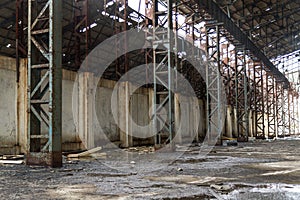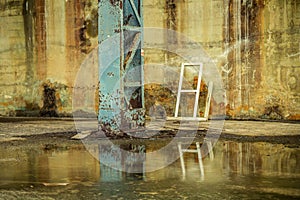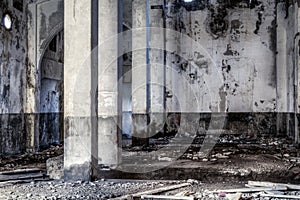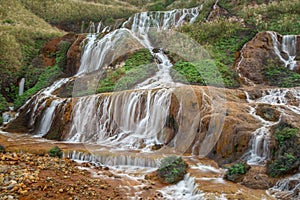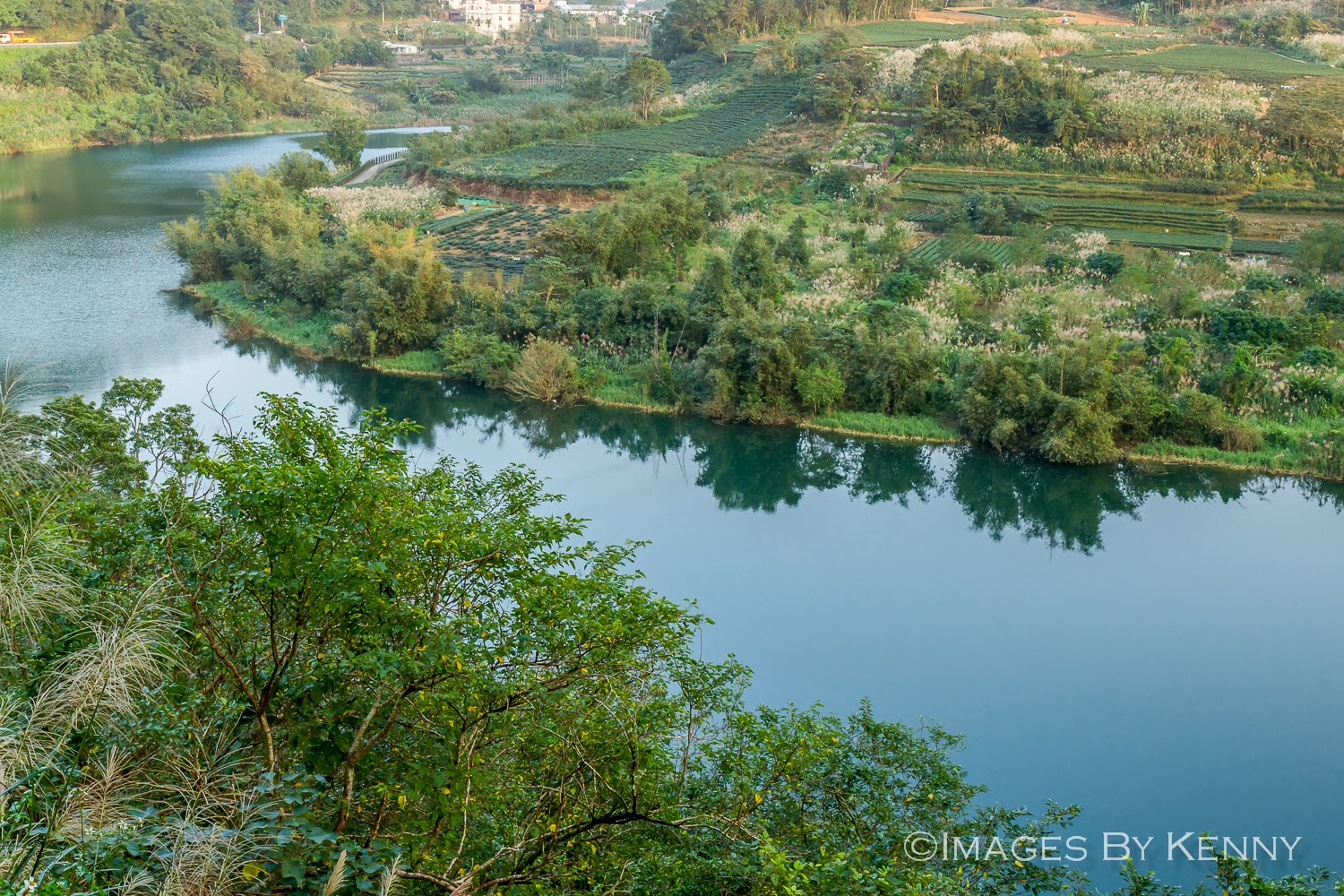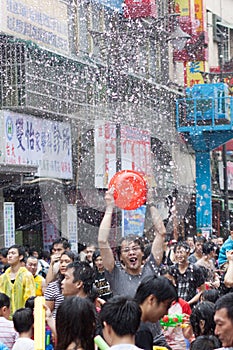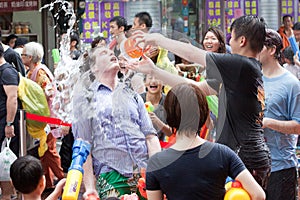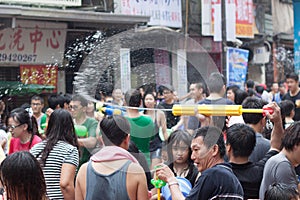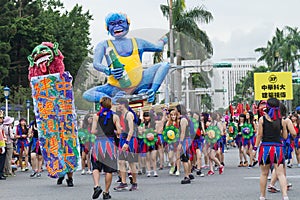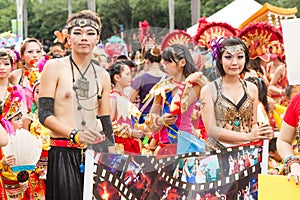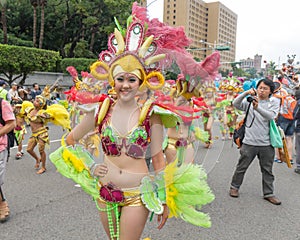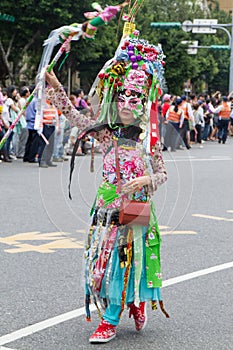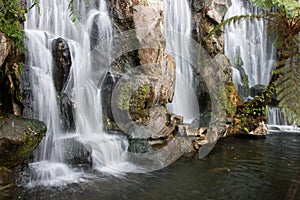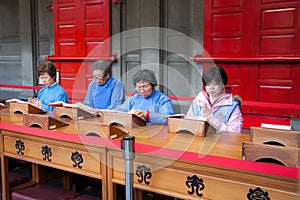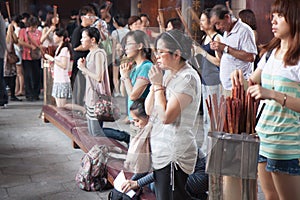It's winter time here, but today was an unexpectedly great day weather-wise. So I decided to head out and make the most of the good weather before the winter rains start. They usually don't stop for a month or so. I wanted to go see Shifen, which I have heard lots of good things about. However, on the way there I stopped at Shiding and Pingling which took up most of the day.
This was my first time in the Shiding District (石碇區), despite it being only an hour away from Taipei. Shiding (literally "stone
anchor") is a wonderful rural district in the mountains in southern New Taipei City, Taiwan. The area was developed
during the Qing Dynasty, presumably for tea farms. The town had a boom in its
development when coal was found there during the period of Japanese occupation.
 |
| Beautiful rock formations under Wanshou Bridge in Shiding, Taiwan |
Shiding used to be an important distribution point for local
of local products. The logistical advantage it had declined when the
Taipei-Yilan Freeway opened. But, the tea plantations still remain an important
industry there. Shiding recently began to host the local Shiding Oriental
Beauty Tea Festival in an attempt to attract more people to Shiding.
These days Shiding is a peaceful town, where tourists can
relax at coffee plaza, walk around Shiding Old Street, and try the famous tofu.
There are some interesting things to see that are unique to Shiding such as the
suspended architecture and the last old blacksmith.
Shiding Old
Street
Wanshou
Bridge, which is built
entirely out of stone, divides Shiding Old Street into the East and West
streets. On the west Street is Jishun Temple Square and on the East street is
Bujientien Street, stone houses, century-old Wang’s Tofu and Fubou Restaurant.
Diaojiaolou and Bujientien
Street
The unique Diojiaolou (“Suspended" or "Hanging
Houses”) are the first thing you see when coming into Shiding. Due to the limitations of building houses in
mountainous areas, the people living there had to suspend a part of the house
in order to build their houses in a good location. Which is why the houses
facing the stream on Shiding’s East
Street are supported by beams. This unique
architecture is a remnant from the Japanese colonial period.
The covered passage between the houses on Bujientien Street result in the sunlight
never reaching there. The name "Bujientien" means literally "do
not see the light of day."
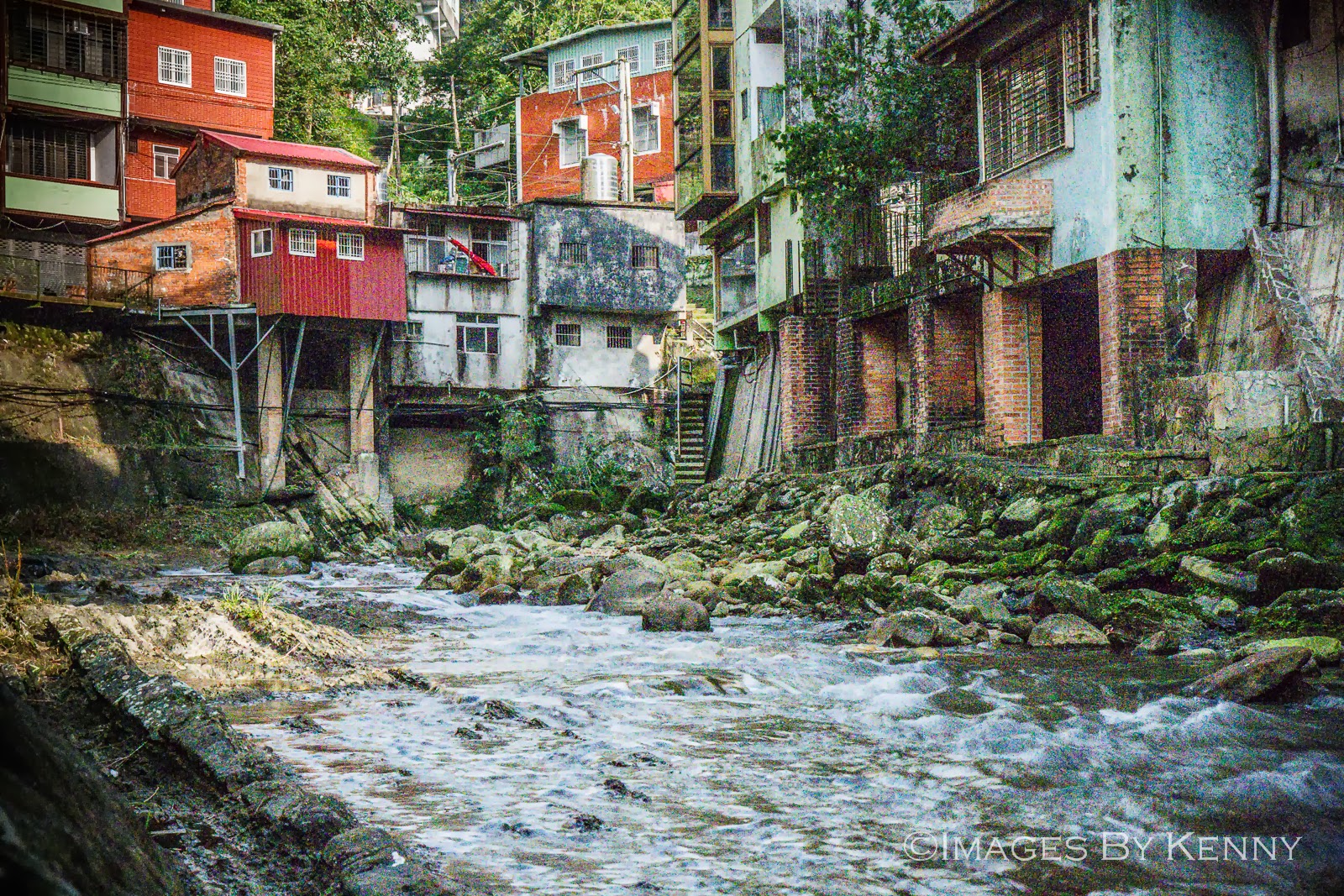 |
| Diojiaolou Suspended
Houses |
Jishun
Temple
Jishun Temple (No. 9, Shiding West Street, Shiding District, New Taipei
City) is an important
religious center for the people of Shiding. The temple enshrines Ludongbin (or
Divine Emperor of Broad Protection) on the second floor. Ludongbin is known as
the god of coal as this area was originally used for coal production. In the
days when Shiding was an important distribution center, tea buyers and tea
vendors used a tiny square in the courtyard of the temple as a tea market.
The Century-old Stone House
The Century-old Stone House, (No. 53, Shiding East Street,
Shiding District, New Taipei City ) built in 1905, is just over Shiaochen
Bridge. The first floor of the stone house displays traditional appliances and
kitchen utensils.
Eating in Shiding, Taiwan
Wang’s Tofu is a hundred-year-old restaurant. It uses
Shiding's pure mountain spring water in its traditional ancient tofu making
process. Wang’s tofu doesn't contain any unnecessary artificial ingredients, so
the pure scent and flavor of the soybeans is sealed inside each delightful
piece of tofu. I found the sweet scent of tofu enveloping the streets due to
the bean curd dessert and soy milk that Wang’s Tofu sell over weekends.
Fubou Restaurant is popular with tourists for its local
Taiwanese dishes, such as, "White Chicken,” “Tofu Eaten 3 Ways,” and
“Thee-Layer Pork.” The tofu here is also
made using Shiding’s pure mountain spring water and traditional methods, which
gives it a slightly charred flavor.
Shiding Danlan Art and Culture Hall
I didn't go in here but plan on going back soon to check it out. Shiding Danlan Art and Culture Hall is an exhibition showcase for local culture
and historic groups and artists as well as ecological industries. Many artists have made a name for themselves
here, resulting in more and more people visiting the culture hall, turning it
into Shiding’s most famous tourist attraction.
So for anyone in or visiting Taipei, I recommend taking a trip to Shiding. It only takes about an hour to get there by bus or train. Going from Shenkeng to Shiding to Pingling makes for a great daytrip and pretty easy to do with buses.
